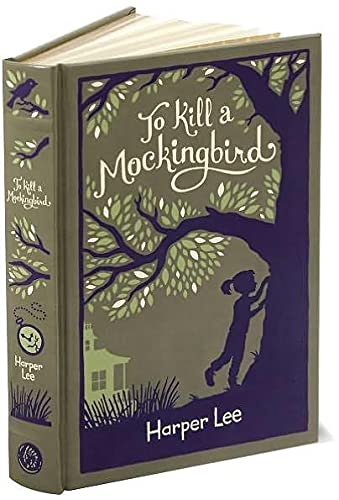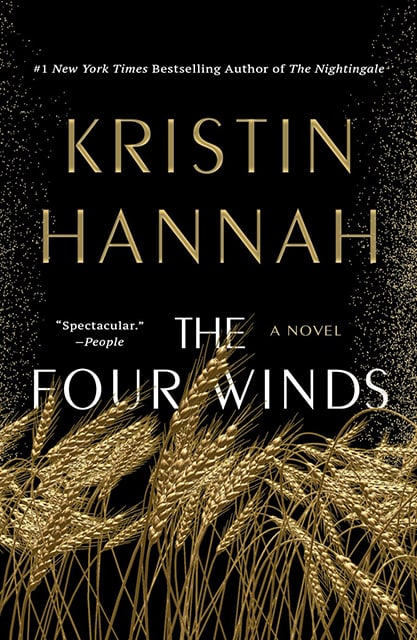You probably know about Harper Lee’s timeless charm of ‘To Kill a Mockingbird,’ either from reading it or hearing how much it means to people. Beyond its widely celebrated success, there are some really cool things about it that most people don’t know.

That’s why we’re going to explore some interesting facts and secrets about the characters, the story, and even the author herself. Get ready to discover a whole new side to this classic novel that you never knew existed!
- Title Twist: “From ‘Watchman’ to ‘Mockingbird’
Many people are unaware that Harper Lee initially titled her novel “Go Set a Watchman.” This original title eventually became the name of the controversial manuscript that was published posthumously in 2015, though it was actually an early draft of “To Kill a Mockingbird.”
- Inspiration from Lee’s Childhood: Monroeville Mirrors Maycomb
Harper Lee drew heavily from her own childhood experiences growing up in Monroeville, Alabama, for the setting and characters of the novel. Maycomb, the fictional town in the book, is based on Monroeville.
- Character Inspirations: Truman Capote’s Cameo and Real-Life Counterparts
Many of the characters in the novel were inspired by people Lee knew growing up. For example, the character of Dill was based on Lee’s childhood friend Truman Capote, Truman Capote, who also grew up in Monroeville. Capote later became a renowned author himself, known for works like “Breakfast at Tiffany’s” and “In Cold Blood.”
- Racial Themes and Historical Context: Exploring Civil Rights in the South
While “To Kill a Mockingbird” is known for its exploration of racial injustice and segregation in the American South, some readers may not realize that the novel was published during the height of the Civil Rights Movement in the United States, which adds depth and context to its themes.
- Character Autobiographical Parallels: Lee’s Life Reflected in Fiction
While To Kill a Mockingbird is a work of fiction, it contains autobiographical elements. Scout Finch, the protagonist, shares similarities with a young Harper Lee, and Atticus Finch was inspired by Lee’s father, Amasa Coleman Lee, who was also a lawyer.
- Delayed Success: The Gradual Rise of a Literary Icon
Despite becoming one of the most beloved and widely read novels in American literature, “To Kill a Mockingbird” did not achieve immediate commercial success. It gained popularity gradually after its release and eventually became a bestseller.
- Pulitzer Prize: Breaking Barriers in Literature
In 1961, Harper Lee won the Pulitzer Prize for Fiction for To Kill a Mockingbird, making her the first woman to receive the award since 1942.
- Controversial Reception: Navigating Criticism and Praise
While “To Kill a Mockingbird” is now celebrated as a classic of American literature, it has faced criticism and challenges over the years, particularly regarding its portrayal of race and the Southern way of life. Some have argued that the novel perpetuates the “white savior” narrative.
- Film Adaptation and Awards: Bringing the Story to Life on the Big Screen
Many may not know that “To Kill a Mockingbird” was adapted into a critically acclaimed film in 1962, starring Gregory Peck as Atticus Finch. The film won three Academy Awards, including Best Actor for Gregory Peck.
- Sequel Controversy: The Mystery behind “Go Set a Watchman”
Harper Lee’s decision to publish a sequel, “Go Set a Watchman,” more than 50 years after the release of “To Kill a Mockingbird,” sparked controversy and debate among fans and scholars. Some questioned the circumstances surrounding its publication and whether Lee had truly consented to its release.
- Educational Curriculum: Sparking Debate in the Classroom
“To Kill a Mockingbird” is a staple of many high school English curricula in the United States, where it is often taught alongside discussions of race, justice, and morality. However, its inclusion in school reading lists has also sparked debates about censorship and the appropriateness of its themes for young readers.
- Censorship and Banned Book Status: Challenging Conventional Narratives
Despite its critical acclaim, the novel has faced censorship and has been banned or challenged in various schools and libraries due to its depiction of racial themes and language.
- Only Novel Published During Lee’s Lifetime: A Singular Literary Legacy
While To Kill a Mockingbird was Lee’s only novel published during her lifetime, she did write other works, including essays and short stories. However, she chose not to publish another novel until the controversial release of Go Set a Watchman in 2015, just before her death.
- Female Authorship in a Male-dominated Genre: Lee’s Role in Southern Literature
Harper Lee’s success as a female author in the male-dominated genre of Southern literature was groundbreaking for its time and paved the way for other women writers to enter the literary canon.
- Lee’s Reclusive Nature: The Mysterious Author
After the immense success of To Kill a Mockingbird, Harper Lee became famously reclusive, granting few interviews and avoiding the public eye for much of her life.
- Symbolism of the Mockingbird: A Metaphor for Moral Virtue
The mockingbird serves as a powerful symbol throughout the novel. It represents innocence, kindness, and empathy. Atticus’s advice to his children, Scout and Jem, to never kill a mockingbird is a metaphor for protecting the vulnerable and marginalized in society.
- Impact on Legal Culture: Atticus Finch’s Enduring Influence
“To Kill a Mockingbird” has had a lasting impact on legal culture, influencing the perception of lawyers and the legal profession. Atticus Finch is often cited as a model of integrity and moral courage for attorneys.
- Legal Battle over Go Set a Watchman: The Controversy
The publication of Go Set a Watchman sparked controversy, with some questioning Lee’s consent and mental capacity to release the novel. There were allegations of elder abuse and manipulation surrounding its publication.
- Themes of Empathy and Compassion: Lessons Beyond Racial Injustice
Beyond its exploration of racial injustice, the novel also delves into themes of empathy, compassion, and the importance of understanding others’ perspectives. These themes continue to resonate with readers of all ages and backgrounds.
- Global Influence: Crossing Borders and Touching Hearts
While “To Kill a Mockingbird” is set in the American South, its themes of justice, morality, and empathy have transcended cultural and geographical boundaries, making it a widely studied and admired work around the world.
So, despite so many controversial things, “To Kill a Mockingbird” is a story that sticks with you. It shows us how storytelling can make us care and maybe even change the way we see the world.



Pingback: Is To Kill a Mockingbird Banned - Books in Brain